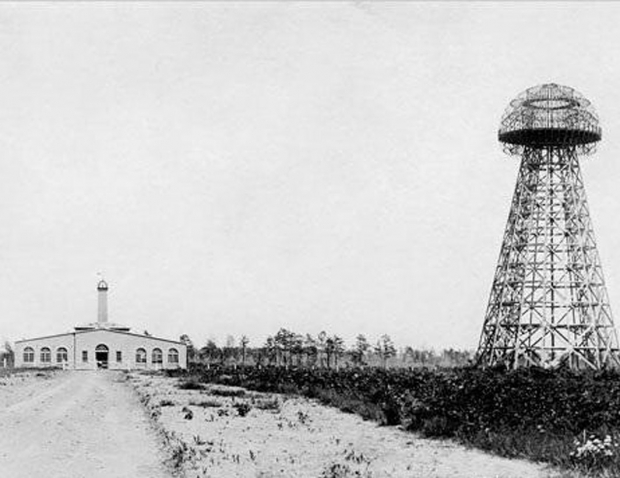The move is great for the Internet of things because you will not need to have batteries in the gear, just a decent signal. But it could be a scary way of meaning that observation will be everywhere rather fast.
In a paper with the catchy title, Powering the Next Billion Devices with Wi-Fi , PhD candidate Vamsi Talla, documents the team's experiments to extract a minimum operational threshold of 300 millivolts across the as-yet unlicensed ISM band which Wi-Fi uses.
This had to be done without disrupting the quality of conventional Wi-Fi data transmission or degrading the efficiency of existing small networks.
Eventually the group was able to extract the necessary voltage using Wi-Fi chipsets with ranges of 20 and 17 feet, and also to recharge nickel-metal hydride lithium-ion coin-cell batteries at a range of up to 28 feet.
An initial Asus RT-AC68U router was used, which operates at 2.437 GHz outputting 23dBm from each of its three 4.04dBi gain antennas.
The biggest problem was the irregular nature of Wi-Fi transmissions, which use a single channel in bursts that are not sufficient to constitute an adequate charging stream. This was fixed by jury-rigging a new router from three Atheros AR9580 ('Peacock') chipsets, programming it to broadcast noise in between data bursts to provide two parallel transmission channels to ensure that data rates were unaffected.
By using the hacked Atheros gear it was possible to get usable recharging distances of 20-30 feet, and could sometimes recharge throw a brick wall.
The scary technology was the security camera that the group was able to charge wirelessly. Sure it was not the greatest as it could only produce 174 x 144 pixel black and white images at an energy cost of 10.4 milliJoules of energy per picture.
An attached low-leakage capacitor activates when charged to 3.1V, cutting out again on a drop to 2.4V, with images stored in 64kb of non-volatile ferroelectric RAM. It took an image every 35 minutes initially, and the addition of a wirelessly-rechargeable battery increased the workable router distance from 16 feet to just under 23 feet.
When they get these producing a useful snap at a distance they will be able to be everywhere because they will not need expensive cabling.
The paper concludes with broad visions for the possibility of PoWiFi not only in the new Internet of Things, but also in IoT as it emerges in the developing world.




